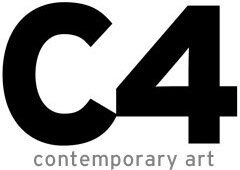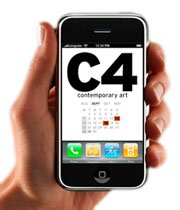
Mark Tansey, Purity Test, 1991
 Mark Tansey, Innocent Eye Test, Mark Tansey, Innocent Eye Test, |
 Mark Tansey, Action Painting II, Mark Tansey, Action Painting II, |
|
Mark Tansey: Poetry of the Burlesque
It is frequently difficult for those new to Visual Art to grasp the power of humour - in fact - it can sometimes be a stumbling block towards the appreciation of a work of art. While Tansey's work is not 'all one liners' - he does employ humour in a way that is very useful to the reading of the work. But in the end it really comes down to individual preferences (tastes if you will) - and there are those (usually somewhat more experienced) who will 'get' the joke - but also appreciate that the 'joke' is yet another device at the service of the reading of an artwork. It affords a certain critical distance which allows one to be able to appreciate the 'big picture' or the 'architecture' of the work in question. The works of Piero Manzoni also come to mind as someone using humour in the same way. Perhaps even Tom Dean (others too certainly). For an artist to use such devices is definitely not for the faint at heart. And it is also dependent in large part on Tansey's flawless, not quite lyric technique (which appears to be derived from photography - perhaps even reproduced newsprint) which allows this to take place. Much of the humour can be extremely funny (i.e. Purity Test, above, Innocent Eye Test, the 'Action Painting' series or Derrida Queries DeMan) yet still yield high levels of profundity.
I would suggest then, that Mark Tansey's humourous devices are not only acceptable but utterly necessary - not simply insofar as they are simply 'part of him' and therefore of tautological necessity - but simply that one might not be able to 'see' his point were it not for the extreme levels of irreverance expressed therein. Interestingly - his technique necessitates that the parody (an old latin word denoting recontexutalization or, if you will, deconstruction).
|
"I am not a realist painter. In the nineteenth century, photography co-opted the traditional function of realist painters, which was to make faithful renditions of “reality.” Then the realist project was taken over by Modernist abstraction, as later evidenced in the title of Hans Hofmann’s book Search for the Real. Minimalism tried to eliminate the gap between the artwork and the real. After that, the project itself dematerialized. But the problem for representation is to find the other functions beside capturing the real.
In my work, I’m searching for pictorial functions that are based on the idea that the painted picture knows itself to be metaphorical, rhetorical, transformational, fictional. I’m not doing pictures of things that actually exist in the world. The narratives never actually occurred. In contrast to the assertion of one reality, my work investigates how different realities interact and abrade. And the understanding is that the abrasions start within the medium itself.
I think of the painted picture as an embodiment of the very problem that we face with the notion “reality.” The problem or question is, which reality? In a painted picture, is it the depicted reality, or the reality of the picture plane, or the multidimensional reality the artist and viewer exist in? That all three are involved points to the fact that pictures are inherently problematic. This problem is not one that can or ought to be eradicated by reductionist or purist solutions. We know that to successfully achieve the real is to destroy the medium; there is more to be achieved by using it than through its destruction."
—Mark Tansey, quoted in Mark Tansey: Visions and Revisions, by Arthur C. Danto
.
Early Works
Other Media
written and edited by JWD





 Mark Tansey, Innocent Eye Test,
Mark Tansey, Innocent Eye Test, Mark Tansey, Action Painting II,
Mark Tansey, Action Painting II,